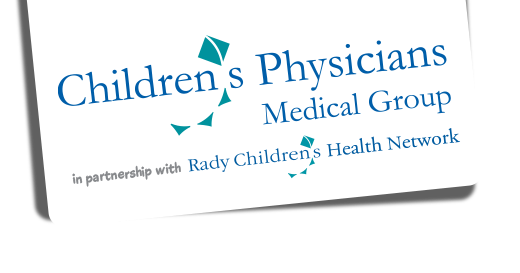Although each child develops at their own pace, there are certain milestones they should reach at each age and stage. The American Academy of Pediatrics (AAP) has developed age-based developmental milestones. These are some of the milestones to look for:
One Month Old:
- Brings hands within range of mouth and eyes
- Keeps hands in tight fists
- Strong reflex movements
- Moves head side to side while on stomach
- Eyes wander and occasionally cross, focuses 8-12 inches away
- Recognizes some sounds and may turn toward familiar sound and voices
- Prefers human faces most along with black and white or highly-contrasting patterns
- Prefers soft rather than course sensations and dislikes abrupt or rough handling
Three Months Old:
- Raises head and chest while lying on stomach
- Open and shuts hands, grasps and brings hands to mouth
- Stretches legs out and kicks while laying on back or stomach
- Watches faces intently and follows moving objects (tracks)
- Babbles and coos
- Has a social smile
- Begins to imitate some facial expressions
Seven Months Old:
- Rolls both ways (front to back, back to front)
- Sits up with or without support of hands
- Reaches out and grabs, transfers object from hand to hand
- Explores with hands and mouth
- Supports weight on legs (bears weight)
- Responds to own name
- Enjoys social play
- Babbles chains of consonants
- Uses voice to express joy or displeasure
- Interested in mirror objects
Twelve Months Old:
- Gets into sitting position without help
- Crawls forward on belly pulling with arms and pushing with legs
- Pulls self up to stand and stands momentarily without support
- Walks holding onto furniture and may walk without support
- Uses pincer grasp
- Puts objects in and out of containers
- Responds to simple verbal requests
- Says dada, mama and tries to imitate words
- Explores objects in many different ways (banging, touching, dropping, shaking)
- Finds hidden objects
Two Years Old:
- Begins to run
- Pulls and carries toys while walking
- Kicks a ball
- Climbs on/off furniture without assistance
- Scribbles spontaneously
- Builds towers of blocks, four or more high
- Points to an object or picture when it is named
- Says several single words and uses two-to-four word sentences
- Follows simple instructions
- Repeats words overheard in conversation
- Imitates others, especially adults and older children
- Increasingly aware of his or herself as separate from others
- Begins to express defiant behavior
Three-Four Years Old:
- Hops and stands on one foot for up to five seconds
- Kicks a ball forward and throws a ball overhead
- Moves forward and backwards with agility
- Peddles a tricycle
- Draws circles and squares
- Uses scissors
- Speaks clear enough for strangers to understand
- Speaks in five to six word sentences
- Correctly names some colors
- Counts to 3 (3yrs) and 10 (4yrs)
- Cooperates with other children
- Dresses and undresses self
- Follows 3-part command
- More independent
Four-Five Years Old:
- Stands on one foot for ten seconds or longer
- Hops, somersaults, swings, climbs and may be able to skip
- Can ride a bicycle (with training wheels)
- Draws circles, squares, and triangles
- Draws a person with a body
- Prints name (5yrs)
- Uses future tense and tells stories
- Speaks in sentences using more than five words
- Knows name, address and phone number
- Counts to 10 (4yrs) and 20 (5yrs)
- Knows and can identify at least four colors
- Wants to please and be like friends
- Likes to sing, dance and act
- Able to distinguish fantasy from reality
- Better understands the concept of time
- Usually cares for own toilet needs
Should you have any questions or concerns about your child’s development, contact your child’s pediatrician.
Resources:
www.healthychildren.org/English/ages-stages/Pages/default.aspx
